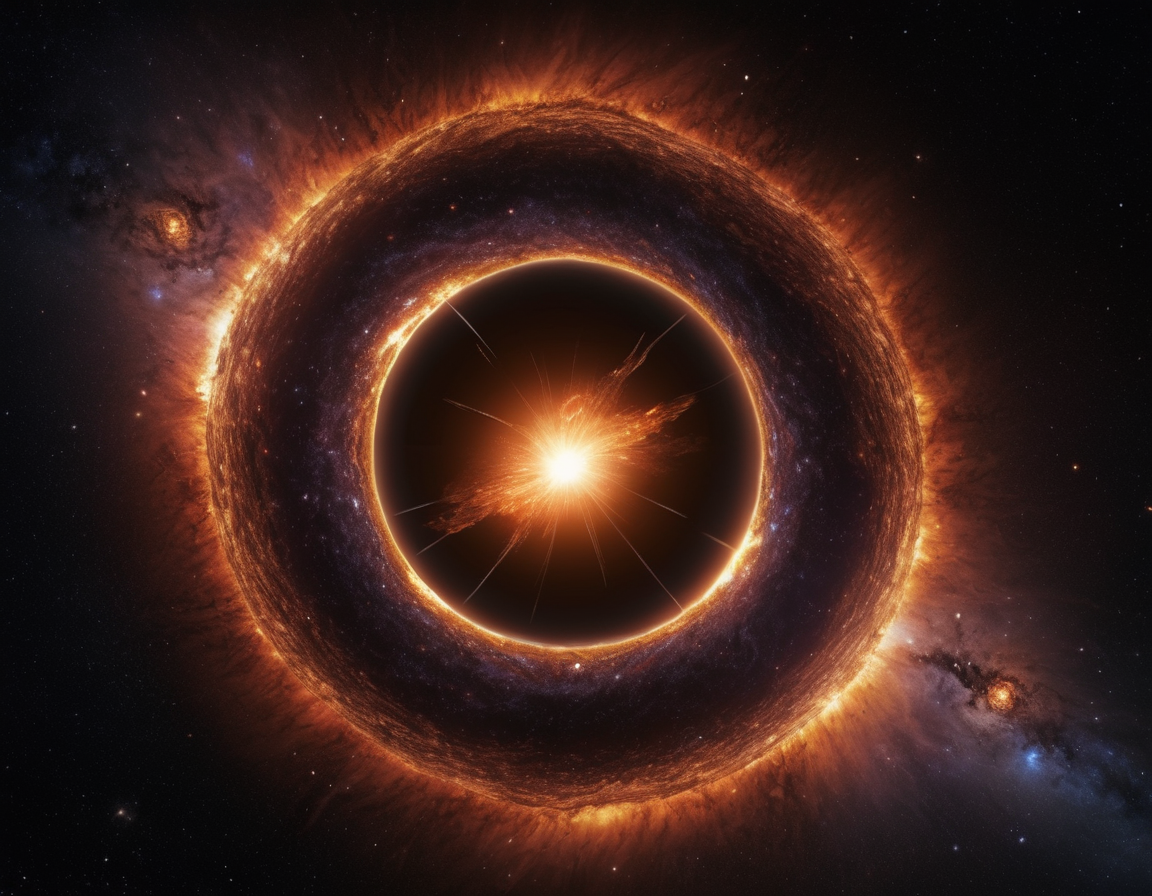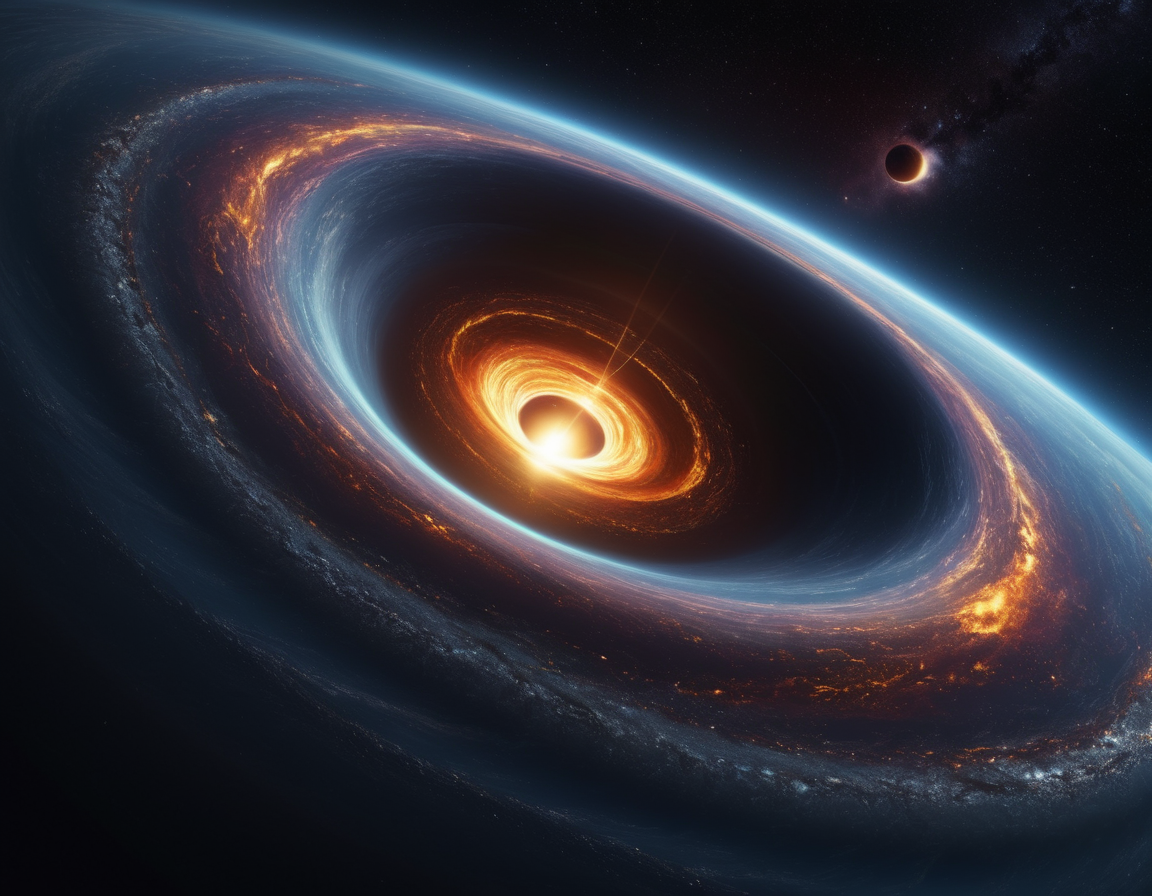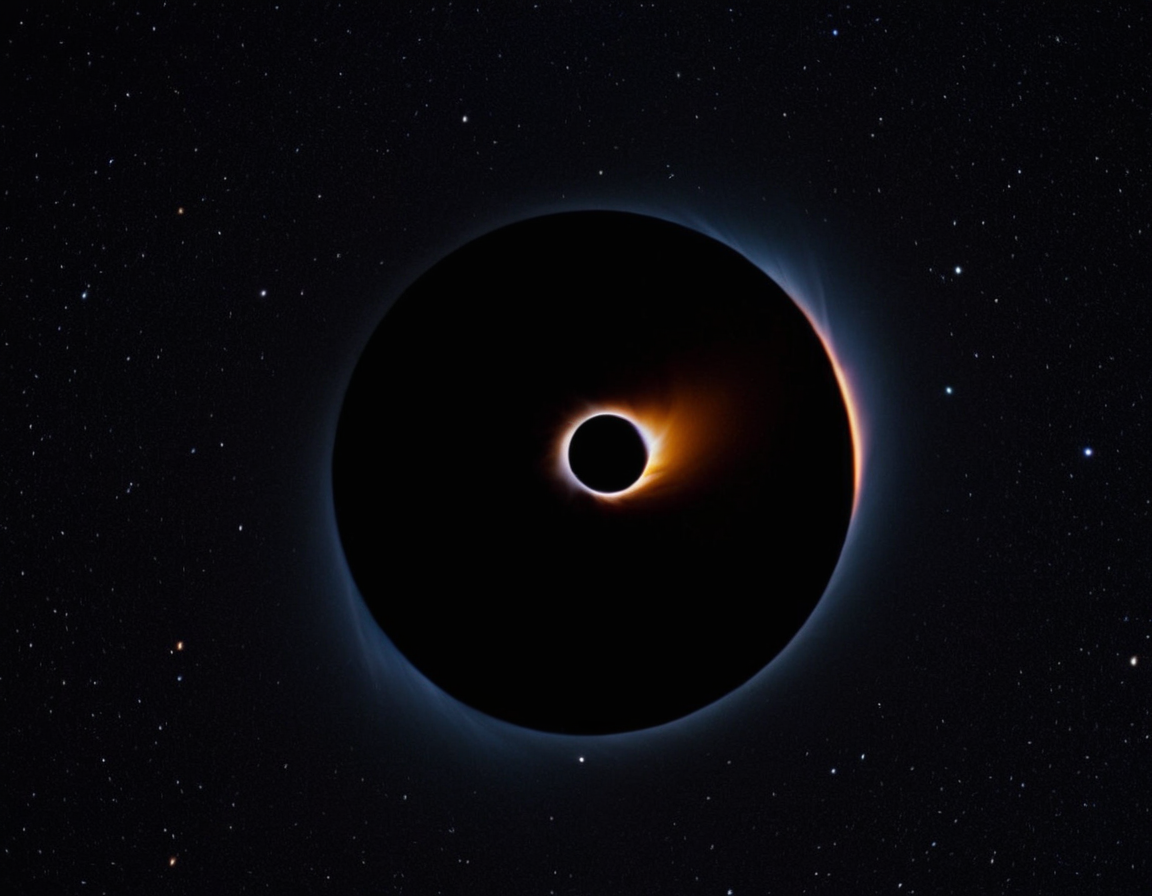Exploring the Enigma of Black Holes: A Journey Through Space and Time
An Overview of Black Holes
Black holes are among the most fascinating and mysterious phenomena in the universe. Their enigmatic nature captivates scientists, writers, and the public alike. But what exactly are black holes? In essence, they are points in space where the gravitational pull is so intense that nothing, not even light, can escape from them. This gravitational force is a result of a huge amount of mass being compressed into a very small area, leading to the formation of a singularity – a point in space where the density is infinite.
The Formation of Black Holes
Typically, black holes are formed from the remnants of massive stars. When a star with sufficient mass reaches the end of its life cycle, it undergoes a supernova explosion. If the core mass remaining after the explosion is significant enough, it collapses under its own gravity, creating a black hole. The transition from star to black hole is both violent and beautiful, signifying both an end and a beginning within the cosmos. 
Types of Black Holes
Interestingly, not all black holes are the same. Scientists classify them according to their mass:
- Stellar black holes – Created by the collapse of individual stars, they are relatively small but incredibly dense.
- Supermassive black holes – Found at the centers of galaxies, including our own Milky Way. They have masses equivalent to millions or even billions of suns.
- Intermediate black holes – These are thought to be the missing link between stellar and supermassive black holes. Their existence is inferred but not definitively proven.
The Mystery of Black Hole Singularities
At the very heart of a black hole lies the singularity, a point where theories break down and conventional physics can no longer describe the behavior of space and time. The intense gravitational pull results in infinite curvature of spacetime, and under these extreme conditions, our current understanding, primarily governed by Einstein’s general relativity, meets its limits. An accurate description of singularities is one of the holy grails of modern physics and requires a unifying theory of quantum gravity. 
Event Horizon: The Point of No Return
The event horizon of a black hole acts as the boundary beyond which nothing can return. Once an object passes through this invisible surface, it is forever trapped, inexorably drawn toward the singularity. The concept of the event horizon challenges our notions of existence and causality, as it represents a one-way exit out of our observable universe.
Black Holes and The Future of Cosmic Exploration
As our technology advances, so does our ability to study these cosmic enigmas. Innovations such as the Event Horizon Telescope have provided us with the first-ever image of a black hole, deepening our understanding of these invisible giants. 
Understanding Black Holes: A Continuing Journey
The study of black holes is not mere scientific curiosity—it is a quest to understand the very fabric of the universe. It challenges us to think beyond our limitations and extend our knowledge to the edge of time and space. With continued research and exploration, we may one day unlock the secrets that black holes hold, shedding light on the darkness that they embody.
For anyone who seeks to learn more about the wondrous universe we inhabit, the story of black holes is a humbling reminder of both the immense power of nature and our pursuit of knowledge. 
Do you find the concept of black holes as intriguing as we do? Share your thoughts and questions in the comments below!






